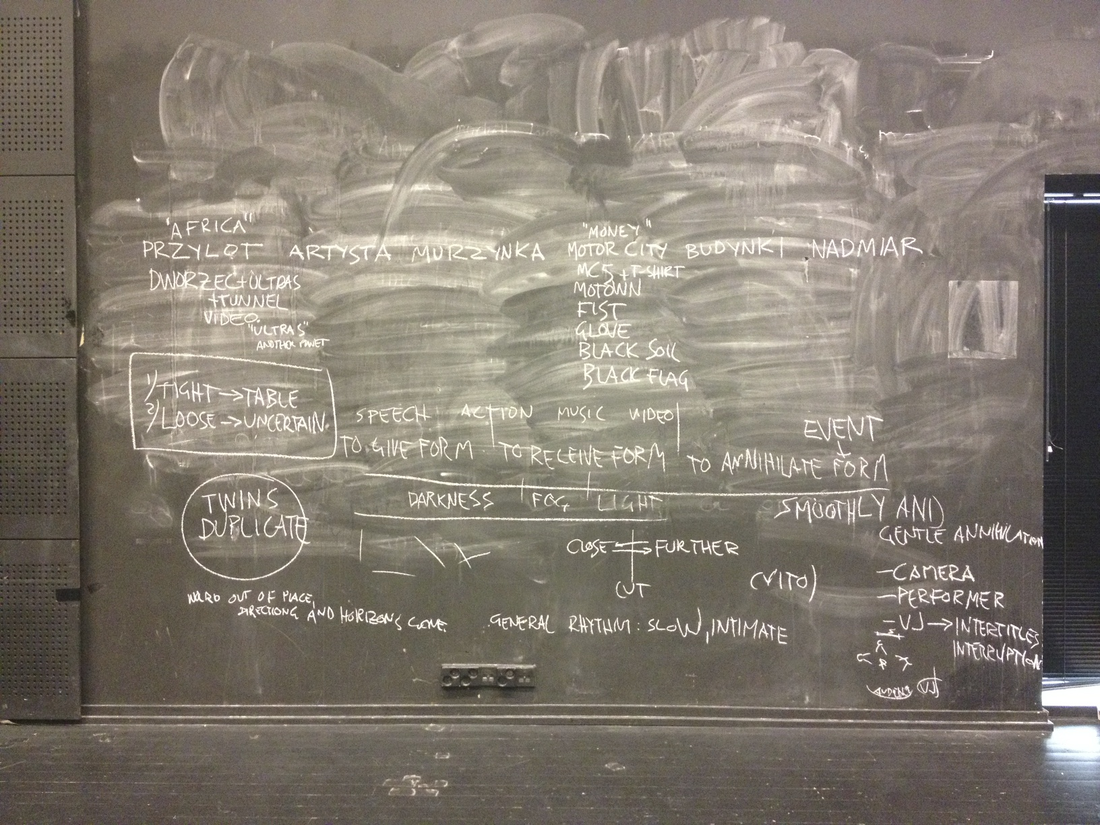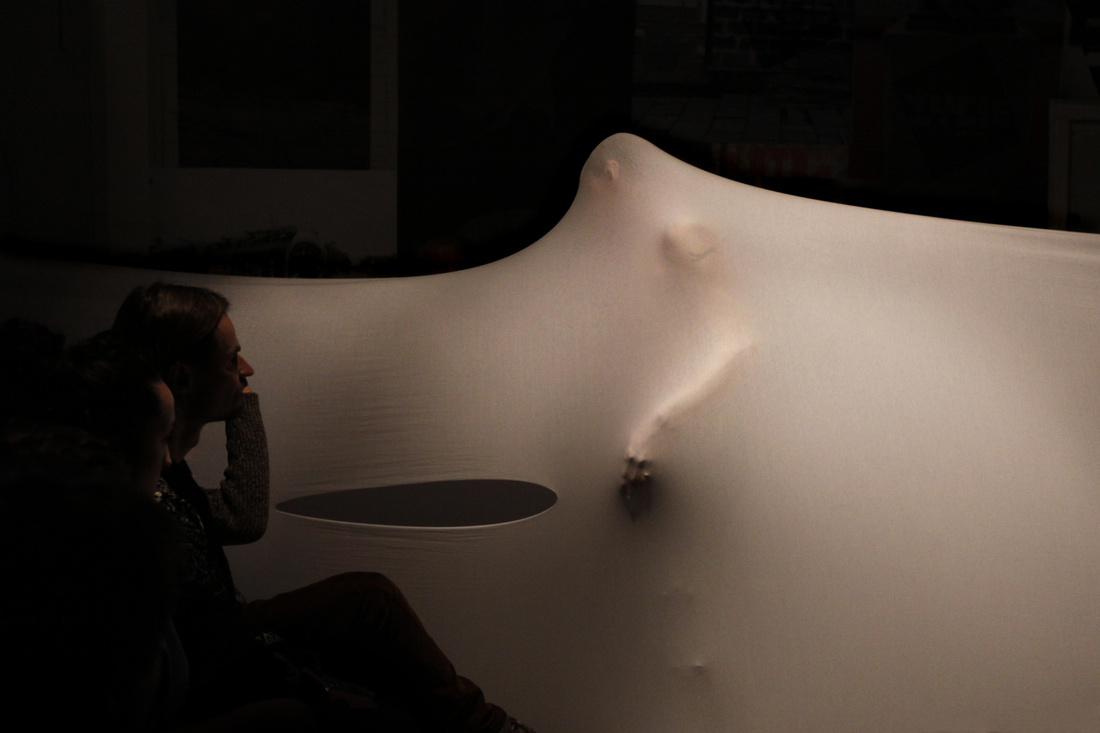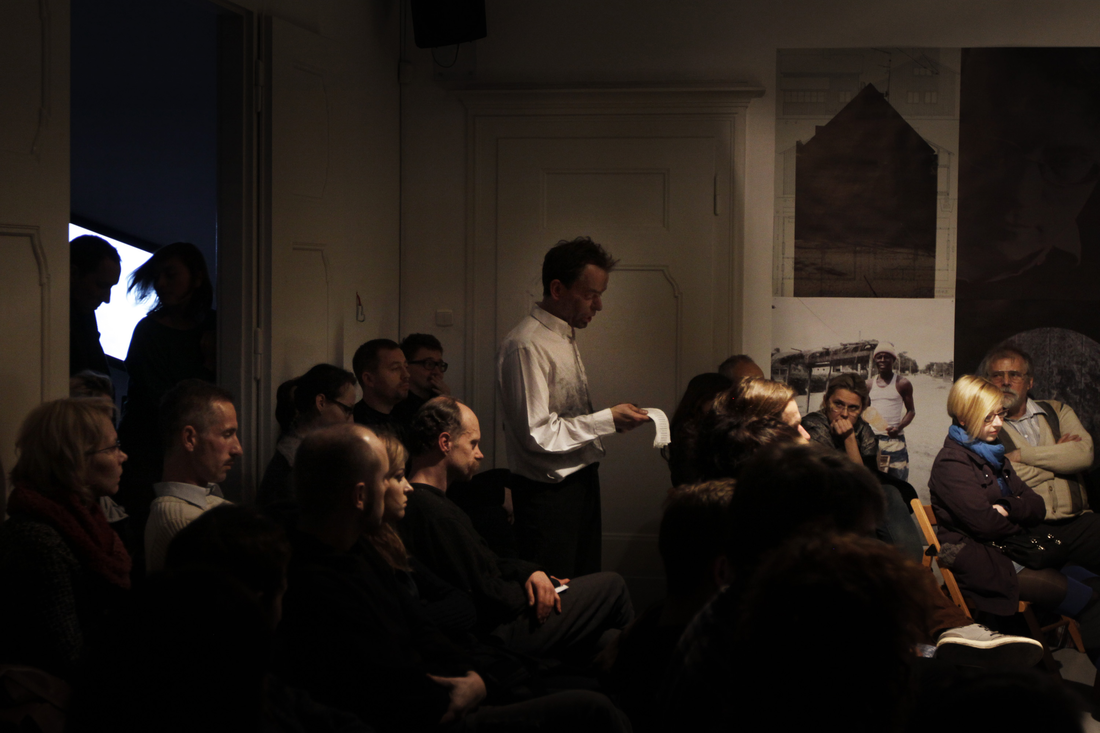THE CONCEPTS OF PLASTICITY AND SPONGE
Plasticity as a concept is closely related to the fine arts and theatre, since it describes an idea of giving or receiving form – mould and impression, as predicated by Plato in the third book of Republic (2004, 66-102). Later, Hegel uses plasticity as a concept in The Phenomenology of Spirit (1807). He reserves the use of this biological concept to describe the sculptural and ethical ability to give form to, mould and stage subjectivity. (Clemens 2010) The aspect of giving form implies the modification and transformation of subjectivity. However, the plasticity suggested by Hegel and in particular the way in which it was appropriated by National Socialism has been criticized by Philippe Lacoue-Labarthe and Jean-Luc Nancy in their essay “The Nazi Myth”. (Lacoue-Labarthe and Nancy 1990) More recently this concept has been reworked by Catherine Malabou, first in her dissertation in 1996 [4], and in several of her later books.
Malabou uses this concept in order to connect psychic and cerebral plasticity and to provide a comprehensive analysis of connections between the neurosciences, political thought and psychoanalysis. In their criticism of the concept of moulding ‘types’ of subjectivity, Lacoue-Labarthe and Nancy do not consider the aspect of annihilation as being part of plasticity. However, Malabou inventively distinguishes three aspects of plasticity in the following way:
"[Plasticity] means at once the capacity to receive form (clay is called 'plastic,' for example) and the capacity to give form (as in the plastic arts or in plastic surgery). […] plasticity is also the capacity to annihilate the very form it is able to receive or create. […] to receive and to create his or her own form does not depend on any pre-established form; the original model or standard is, in a way, progressively erased."
(Malabou 2008, 5-6)
Annihilation is caused by a psychological or physical trauma – an accident or disaster, which will change the subjectivity irreversibly. There will be a cut, which will separate the subjectivity from the past entirely. The French noun plastique or verb plastiquer, aside from moulding refers to plastic explosive substances, such as Semtex. (Malabou 2008, 5) Semtex has a feature of being easily malleable, transportable and difficulty to detect. These three distinct and opposing forms of plasticity function as an ability to receive form like clay, to bestow form, or to refuse “to submit to a model.” (Malabou 2008, 6) What follows, is that plasticity is not only reserved for moulding types or identities, in other words, to perform normatively or well, but also that there is an implicit potentiality for annihilation or rupture. The materiality of our existence is not similar to clay, marble or stone, but rather fluid, like plastic polymers. Plastic – in contrast with marble or hardened clay – is flexible, mouldable and elastic. The twenty-first century subjectivity is akin to plastic polymers; it is a sponge.
With caution I have used the concept of plasticity in relation to performance or performing subjectivity to produce a concept of sponge subjectivity. Sponge has a form, which is able to absorb affects and information. It is able to mix and use information without losing its form. Sponge is resilient, flexible and it is plastic. Sponge balances rigidity with suppleness — thus it has a memory and resilience to change. How I perceive this obscure object, is that while it is supple and flexible, it is more inclined towards the return of the same than repetition with difference. Sponge is prone to control, since the function of a sponge is directly linked with the appropriate amount of wetness absorbed in its pores. It is a subject, which controls itself, in a way similar to that described by Deleuze in the Postscript on the societies of control (1990) or by Foucault in his analysis of the development of homo oeconomicus in neoliberal governance, in his series of lectures published under the title The Birth of Biopolitics: Lectures at the Collège de France 1978-1979 (2008). Like an alcoholic, who meticulously controls the right amount of intake, the sponge maintains his or her material and virtual intake, as well. [5]
There is a difference between the rigidity of the sculptural form of marble and the supple flexibility of sponge. It is the pertinence of potential plasticity in a sponge, which is valuable for creative processes, alongside the social, mental and political aspects of subjectivity. The three aspects of plasticity are inherently potential and not actual: potential forms are taken, given or destroyed. It is the potential annihilation, which is constituent, that allows the production of repetition with a difference. In a manner of speaking, the sponge has a shadow, in its potential for annihilation. It is not the presence of death, but the presence of irreversible change, which lies in the shadow of the sponge. It is important to remember, that flexibility and elasticity are also attributes requested from a subject in contemporary capitalism. (Malabou 2008, 71-72) Such subjectivity is like a sponge: absorbant, flexible and elastic.
Next section: The economy of sponge
Previous section: Production of transformation in art practice
[4] L’Avenir de Hegel, plasticité, temporalité, dialectique from 1996. It was published in English in 2005 titled The Future of Hegel: Plasticity, Temporality and Dialectic.
[5] I want to thank professor Esa Kirkkopelto for this notion.




